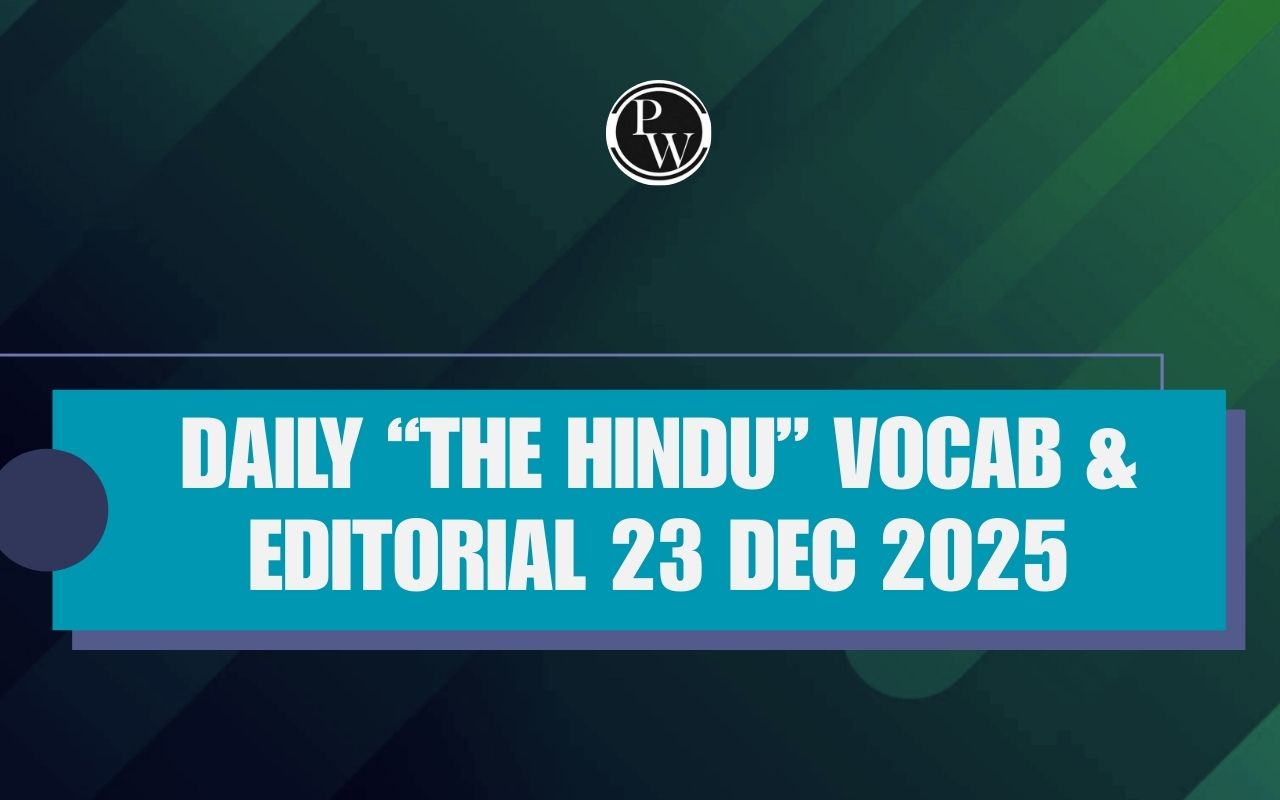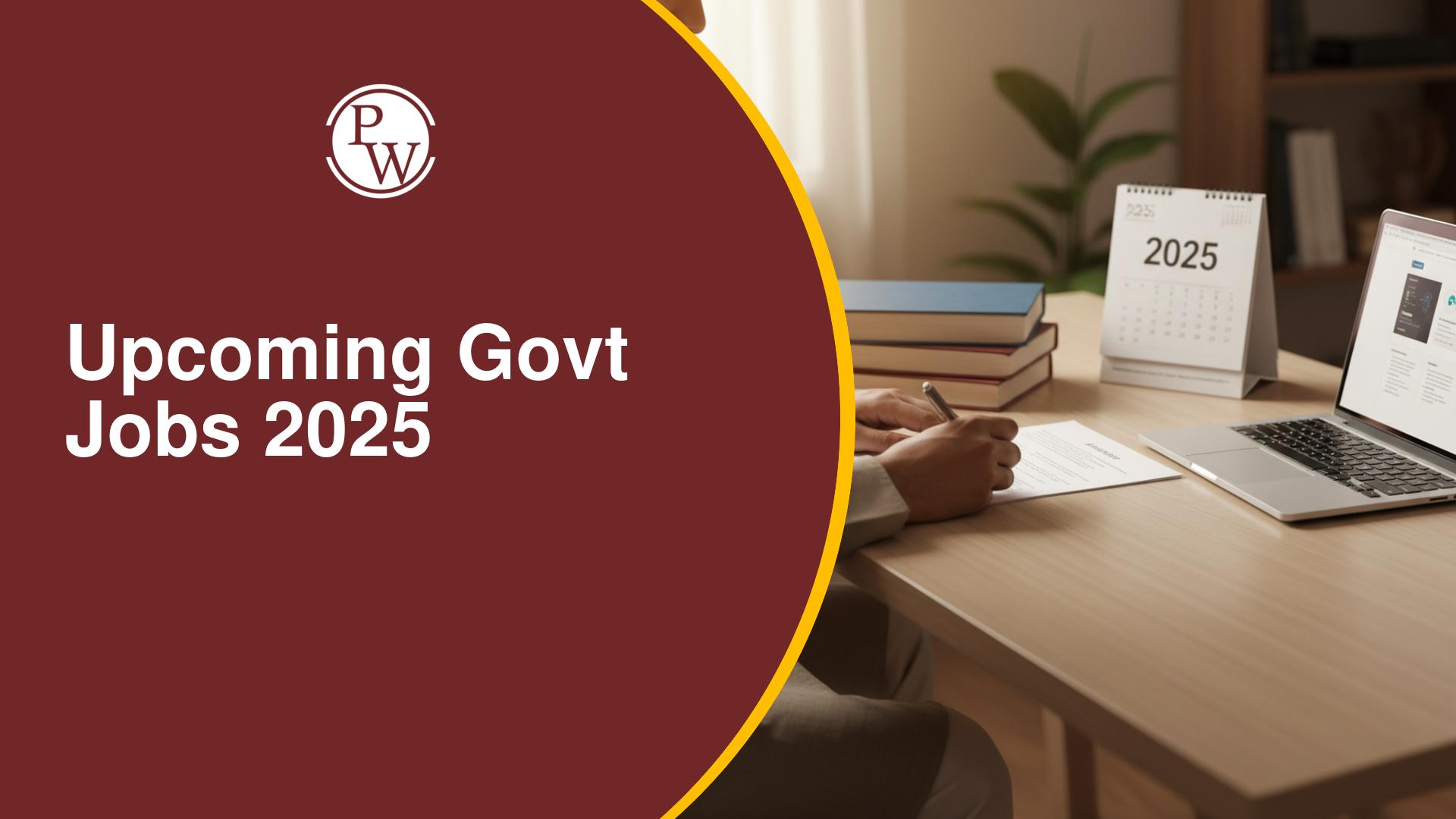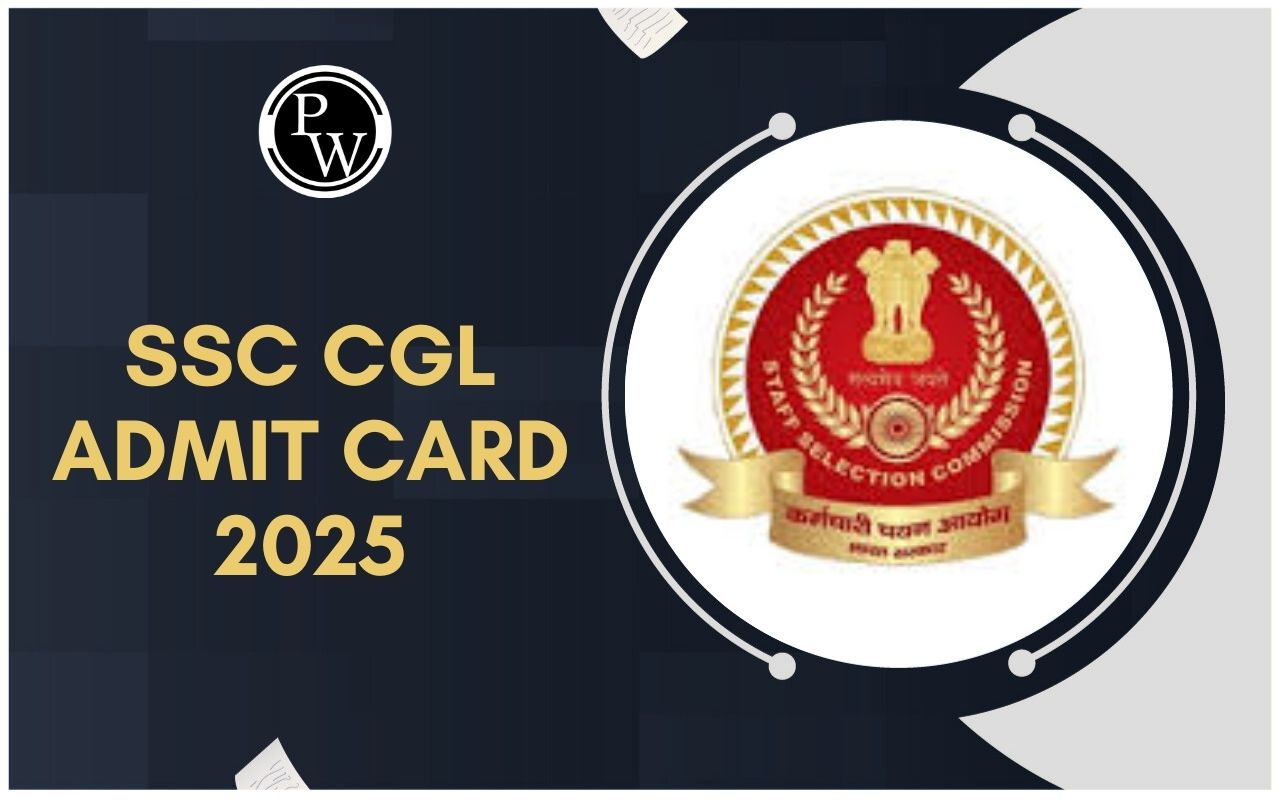
Ryotwari System: In British India, a different way of collecting money from farmers called the Ryotwari System was introduced after the Permanent Settlement. This system was brought in by Thomas Munro and it changed how money was collected. Instead of going through landlords, the government could directly get payments from the farmers, who were called 'ryots.'
During the late 1700s, the Ryotwari Settlement began. It let farmers have control over what they cultivated on their land. To know more about how this system started and what it was like keep reading the article.Ryotwari System 1820
The Ryotwari System was a way to collect taxes on land in British India, especially in the southern part of the country. It was brought in to replace permanent settlements. Thomas Munro introduced this system to gather taxes from farmers directly. Instead of dealing with landlords, the government collected revenue from the cultivators themselves, known as the 'ryot'. This system started in the later part of the 18th century and gave cultivators more control over their lands. It changed how taxes were collected in India during British rule. To learn more about who introduced the Ryotwari System and its features, check out the article below.Ryotwari System in India
The word 'Ryot' means farmers who cultivate the land. In 1820, Sir Thomas Munro introduced the Ryotwari System, a way to collect land taxes directly from these farmers. This system aimed to remove intermediaries. Under this system, farmers had the direct responsibility to pay taxes to the British and had ownership of their land. Munro implemented this approach, making more than half of the British Indian cultivators directly pay these taxes.Ryotwari System Founder
The Ryotwari System was set up by Captain Alexander Read and Sir Thomas Munro. It began in 1820 in Tamil Nadu. Munro, who was the Governor of the Madras Presidency from 1819 to 1826, introduced this system in Tamil Nadu. Munro started as a soldier from Scotland. Afterward, he joined the East India Company Army and became a significant figure in the British administration.Ryotwari System Features
The Ryotwari system was a significant departure from traditional land revenue systems in British India. Initially implemented in provinces like Madras, Bombay, Assam, and Coorg, it revolutionised the relationship between land and the cultivators. In this system:Land Ownership
Farmers or cultivators were recognized as direct landowners. They possessed complete authority over their land, allowing them the freedom to make decisions regarding their property. This included the ability to sell, mortgage, or gift their land as they deemed fit.Taxation
The government imposed taxes directly on the cultivators. Sir Thomas Munro highlighted that these taxes were applied based on the land and had to be paid by the peasants themselves.Variable Tax Rates
Tax rates varied according to the type of land. For instance, dry land might be taxed at 50%, while wetland could face a higher rate of 60%. These rates weren't fixed and could fluctuate, often increasing with time.Uncertain Tax Structure
The fluctuating nature of tax rates led to uncertainty. If cultivators failed to pay their taxes promptly, the government had the authority to evict them from their land, causing significant distress among farmers.Absence of Middlemen
Unlike the Zamindari system that involved intermediaries, the Ryotwari system bypassed middlemen, allowing direct interaction between the government and the cultivators.Cash Payments and Money Lenders
Taxes had to be paid in cash, which posed challenges for cultivators. High-interest money lenders took advantage of this situation, providing loans at exorbitant rates, creating financial burdens for farmers.Dynamic System Relationships
The Ryotwari, Mahalwari, and Zamindari systems existed simultaneously, showcasing a diversity of land revenue systems operating in different regions under British rule.Ryotwari System in Bombay Presidency
The Ryotwari System in Bombay had its roots in Gujarat. Initially, the British government collected taxes from 'Desais,' who were village leaders. However, this didn't fulfill their needs, so they introduced the Ryotwari System. This system meant collecting land revenue directly from cultivators. In 1818, after taking over Peshwa's territory in Bombay, they implemented the Ryotwari System. It was overseen by Elphinstone, a follower of Munro. Under this system in Bombay, peasants were obligated to pay revenue, and the government consistently raised these rates over time.Ryotwari System in Madras
In 1820, when Sir Thomas Munro governed Madras, he brought in the Ryotwari Settlement. It was one of the first places where this method was put into action. The idea behind this new way of collecting land revenue was simple: the British wanted to skip any middlemen and collect revenue straight from the cultivators, the people who worked the land. The main reason for starting this kind of revenue collection was that the Madras government had been short of funds for a while. So, logically, this direct revenue seemed like a good idea. Madras proposed this plan to the British Parliament, but it got rejected. As a result, they put in place a temporary version of the Ryotwari Settlement.Difference Between Ryotwari System and Mahalwari System
After the Zamindari system ended, new ways to collect taxes emerged: the Ryotwari and Mahalwari systems. These aimed to gather taxes for the British government without the involvement of Zamindars. In both systems, the tax amount wasn't fixed. The big difference between the Mahalwari and Ryotwari Systems lies in who owns the land and pays the taxes. In Ryotwari, peasants directly pay taxes and own their land. But in Mahalwari, the village owns the land, and the village headman pays the taxes on behalf of everyone.Difference Between Permanent Settlement, Ryotwari System and Mahalwari System
Under British rule in India, different methods were used to collect land revenue. These included the Permanent Settlement (Zamindari System), Ryotwari System, and Mahalwari System. While all these systems were unfair to the peasants, they differed in their approach. Here's a simple breakdown of how the Permanent Settlement, Mahalwari System, and Ryotwari System worked.|
Difference Between Permanent Settlement, Ryotwari System and Mahalwari System |
||
| Permanent Settlement | Ryotwari System | Mahalwari System |
| The land was owned by the Zamindars | The land was owned by the peasants | The land was owned by village or community |
| The revenue amount was fixed | The revenue amount was not fixed | The revenue amount was not fixed |
| There was a presence of middlemen i.e. Zamindars | There was no middleman | There was a presence of the Village head, i.e. Lambardar |
| The revenue was not collected by the peasants directly. | The revenue was collected by the peasants directly. | The revenue was not collected by the peasants directly. |
Ryotwari System Drawbacks
The Ryotwari system had many problems that eventually led to its failure. It resulted in the severe exploitation of the farmers. Here are some of the issues with the Ryotwari system:- The taxes imposed on the cultivators were very high, which was a significant drawback. The rates set for land taxes were much higher than what the land could actually produce.
- The method of tax collection by the British government was harsh and inflexible. If the farmers couldn't pay the required amount on time, they would face torture and eviction.
- Another significant flaw was that officials could easily be bribed during the land assessment process. This led to a widespread increase in bribery.
- The excessive taxes on the land devalued it because there was a lack of proper care. The farmers were unable to maintain their land due to the financial burden imposed on them.
| Other Related Links | |
| Tiger Reserves in India | National Parks in India |
| Biosphere Reserves in India | Elephant Reserves in India |
Ryotwari System 1820 FAQs
Q1. What is the Ryotwari system also known as?
Ans. The Ryotwari System was introduced in Tamil Nadu in 1820. It is also known as Munro System.
Q2. What is the ryotwari and Mahalwari system?
Ans. It was the way of collecting tax revenue (in British controlled areas in India) directly from cultivators of farmland.
Q3. Who tried the Ryotwari system?
Ans. The Ryotwari system was tried on a small scale by Captain Alexander Read in some of the areas that were taken over by the company after the wars with Tipu Sultan. It was later developed by Thomas Munro.
Q4. Why was the Ryotwari system adopted?
Ans. The Ryotwari system was adopted because they felt that there were no traditional zamindars and settlement had to be made.
Q5. Who introduced the first Ryotwari system?
Ans. Capt. Alexander Read and Thomas (later Sir Thomas) Munro created the technique around the end of the 18th century, and the latter applied it while serving as governor of Madras (1820–27).
🔥 Trending Blogs
Talk to a counsellorHave doubts? Our support team will be happy to assist you!

Check out these Related Articles
Free Learning Resources
PW Books
Notes (Class 10-12)
PW Study Materials
Notes (Class 6-9)
Ncert Solutions
Govt Exams
Class 6th to 12th Online Courses
Govt Job Exams Courses
UPSC Coaching
Defence Exam Coaching
Gate Exam Coaching
Other Exams
Know about Physics Wallah
Physics Wallah is an Indian edtech platform that provides accessible & comprehensive learning experiences to students from Class 6th to postgraduate level. We also provide extensive NCERT solutions, sample paper, NEET, JEE Mains, BITSAT previous year papers & more such resources to students. Physics Wallah also caters to over 3.5 million registered students and over 78 lakh+ Youtube subscribers with 4.8 rating on its app.
We Stand Out because
We provide students with intensive courses with India’s qualified & experienced faculties & mentors. PW strives to make the learning experience comprehensive and accessible for students of all sections of society. We believe in empowering every single student who couldn't dream of a good career in engineering and medical field earlier.
Our Key Focus Areas
Physics Wallah's main focus is to make the learning experience as economical as possible for all students. With our affordable courses like Lakshya, Udaan and Arjuna and many others, we have been able to provide a platform for lakhs of aspirants. From providing Chemistry, Maths, Physics formula to giving e-books of eminent authors like RD Sharma, RS Aggarwal and Lakhmir Singh, PW focuses on every single student's need for preparation.
What Makes Us Different
Physics Wallah strives to develop a comprehensive pedagogical structure for students, where they get a state-of-the-art learning experience with study material and resources. Apart from catering students preparing for JEE Mains and NEET, PW also provides study material for each state board like Uttar Pradesh, Bihar, and others
Copyright © 2025 Physicswallah Limited All rights reserved.
Get App









